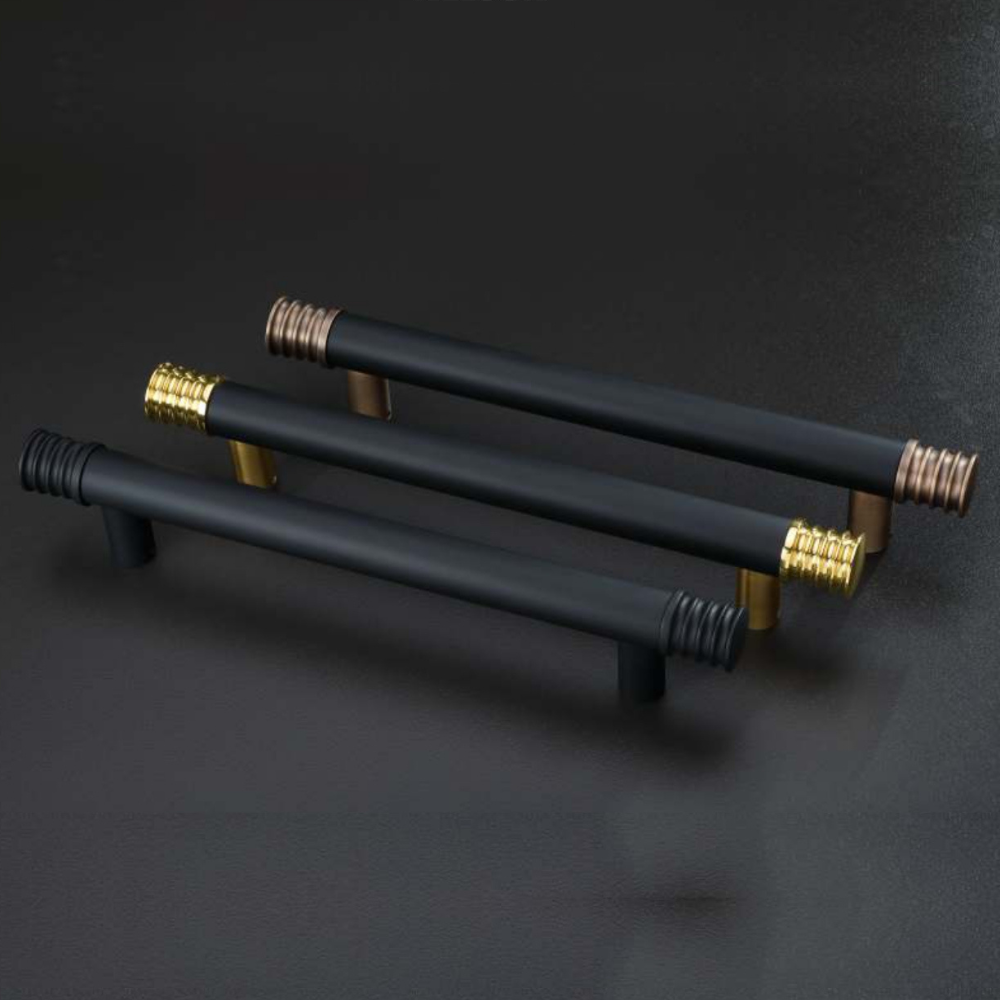
Introduction: Architectural hardware plays a pivotal role in the functionality and aesthetics of buildings. From doors and windows to cabinets and furniture, the right hardware enhances both the design and performance of architectural elements. In this blog post, we will delve into the diverse world of architectural hardware, exploring its various categories and essential considerations such as materials, designs, strength, finishes, and warranties.
- Materials Used:
- Stainless Steel: Known for its durability and corrosion resistance, stainless steel is a popular choice for architectural hardware. It is suitable for both indoor and outdoor applications.
- Brass: Recognized for its timeless appeal and anti-microbial properties, brass hardware adds a touch of elegance. It is often used in traditional and classic designs.
- Aluminum: Lightweight and corrosion-resistant, aluminum hardware is frequently employed in modern architecture. It is available in various finishes to complement different styles.
- Zinc Alloy: A cost-effective option, zinc alloy hardware is known for its versatility and ability to mimic the appearance of more expensive materials.
- Designs:
- Contemporary Designs: Clean lines and minimalist aesthetics characterize contemporary architectural hardware, making it suitable for modern and urban spaces.
- Traditional Designs: Ornate details and classic motifs define traditional hardware, contributing to a timeless and sophisticated look.
- Transitional Designs: Combining elements from both contemporary and traditional styles, transitional hardware offers a balance that suits a variety of architectural designs.
- Strength:
- Load-Bearing Capacity: Consider the weight and size of the doors, windows, or furniture that the hardware will be supporting. Heavy-duty hardware is essential for larger and heavier elements.
- Durability: Evaluate the hardware’s resistance to wear and tear, especially in high-traffic areas. High-quality materials and construction contribute to long-lasting performance.
- Finishes Available:
- Polished: A shiny and reflective finish that adds a touch of sophistication.
- Brushed/Satin: A matte finish that is resistant to fingerprints and scratches, suitable for a modern aesthetic.
- Antique: A weathered and aged appearance, perfect for achieving a vintage or rustic look.
- Powder-Coated: Durable and available in a range of colors, powder-coated finishes are ideal for both indoor and outdoor applications.
- Warranty:
- Length of Warranty: Different manufacturers offer varying warranty periods. Consider opting for hardware with a longer warranty for added peace of mind.
- Terms and Conditions: Familiarize yourself with the terms of the warranty, including any specific conditions or maintenance requirements to ensure its validity.
Conclusion: Selecting the right architectural hardware is a crucial aspect of designing and constructing spaces. By understanding the materials, designs, strength, finishes, and warranties associated with architectural hardware, you can make informed decisions that enhance the functionality and visual appeal of any architectural project.

